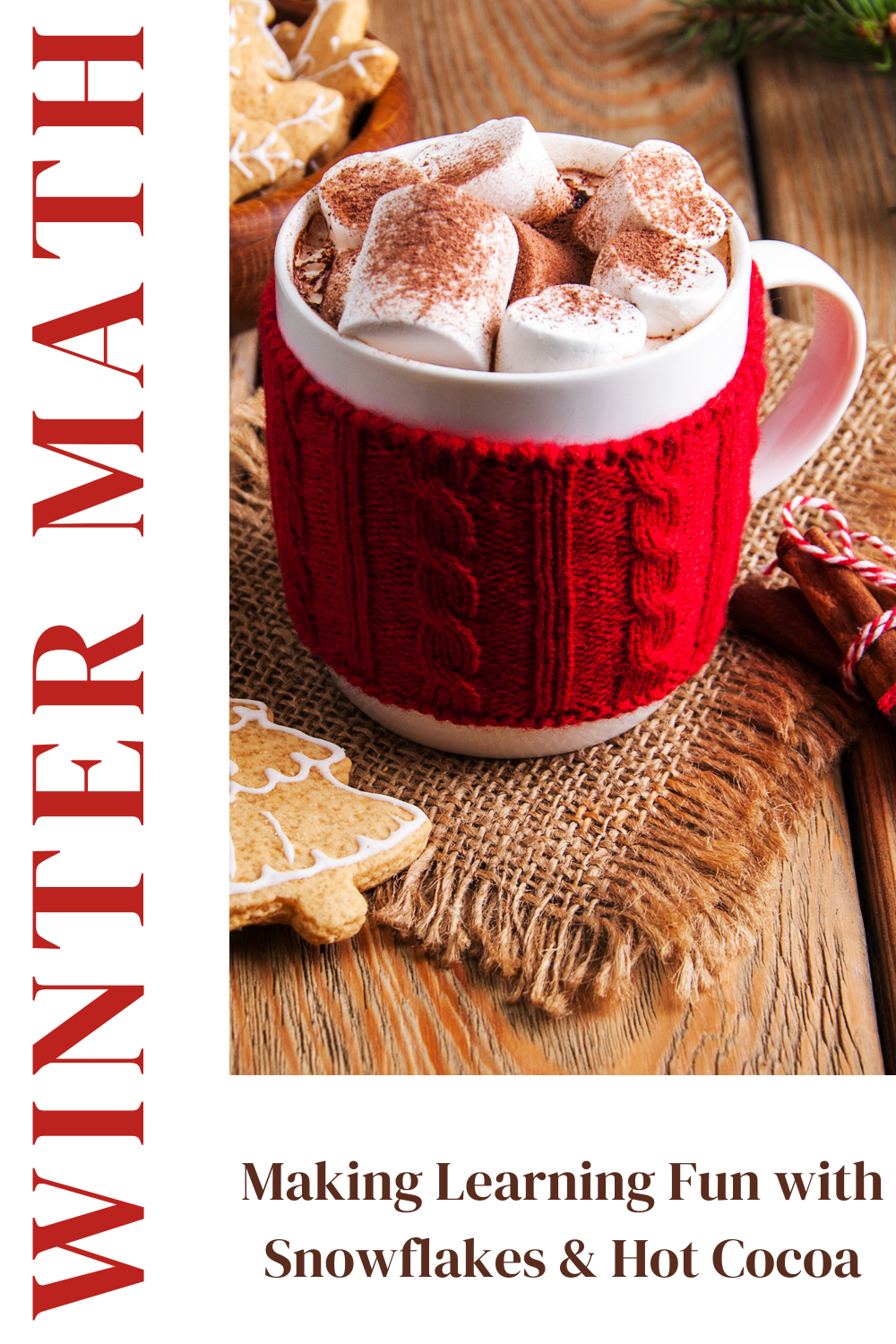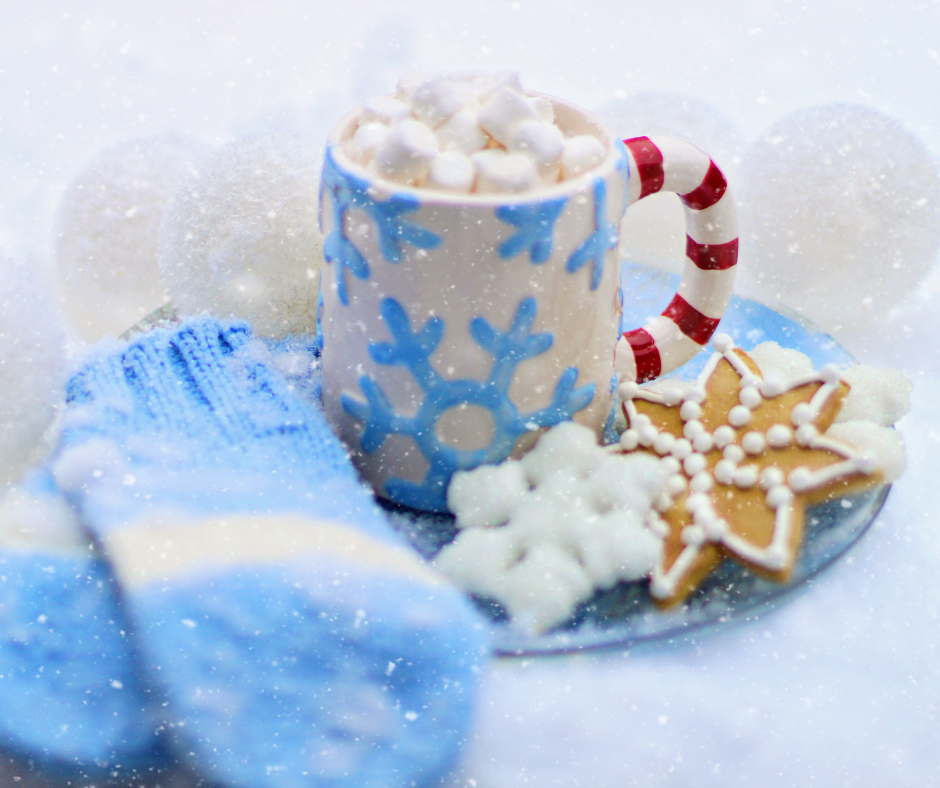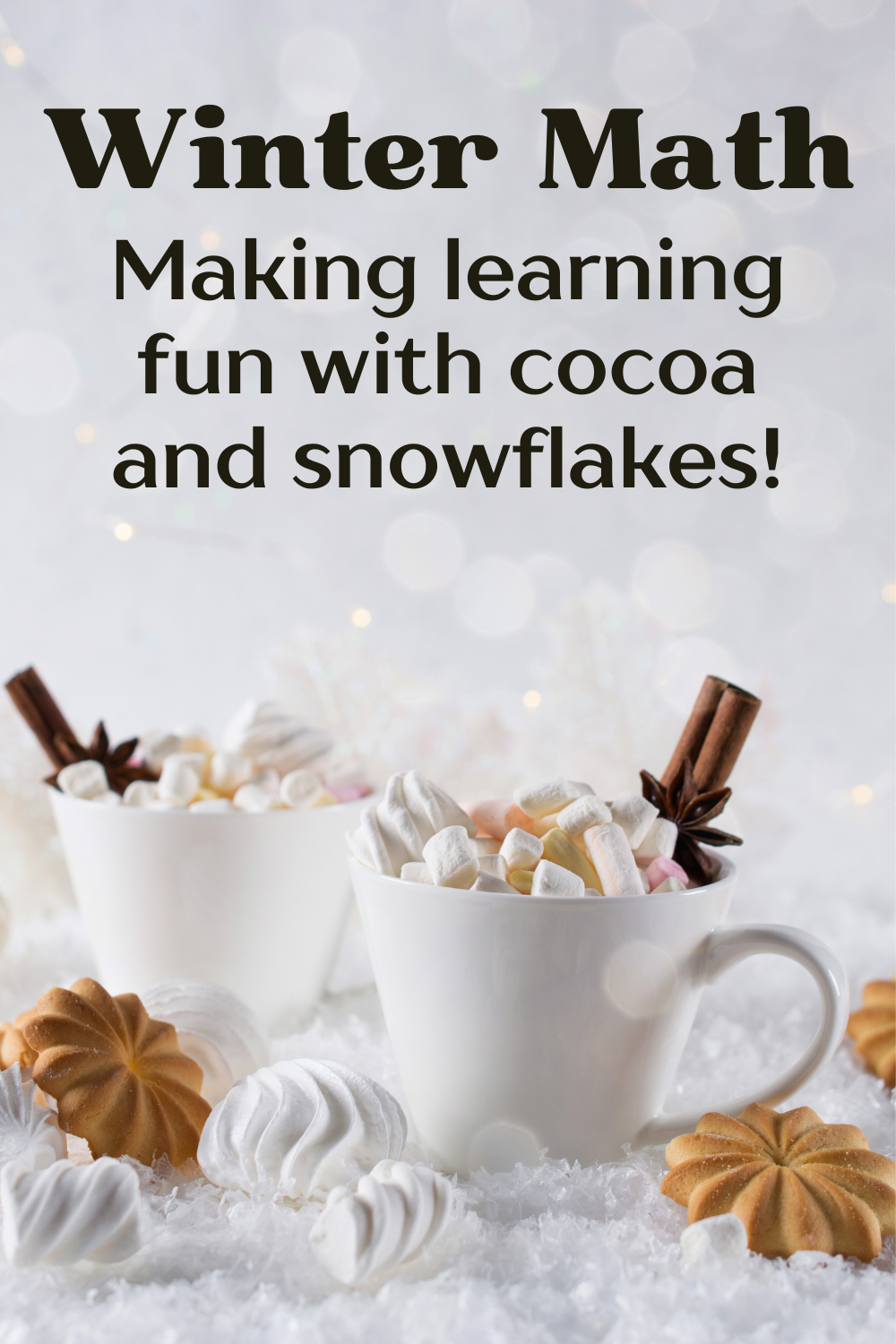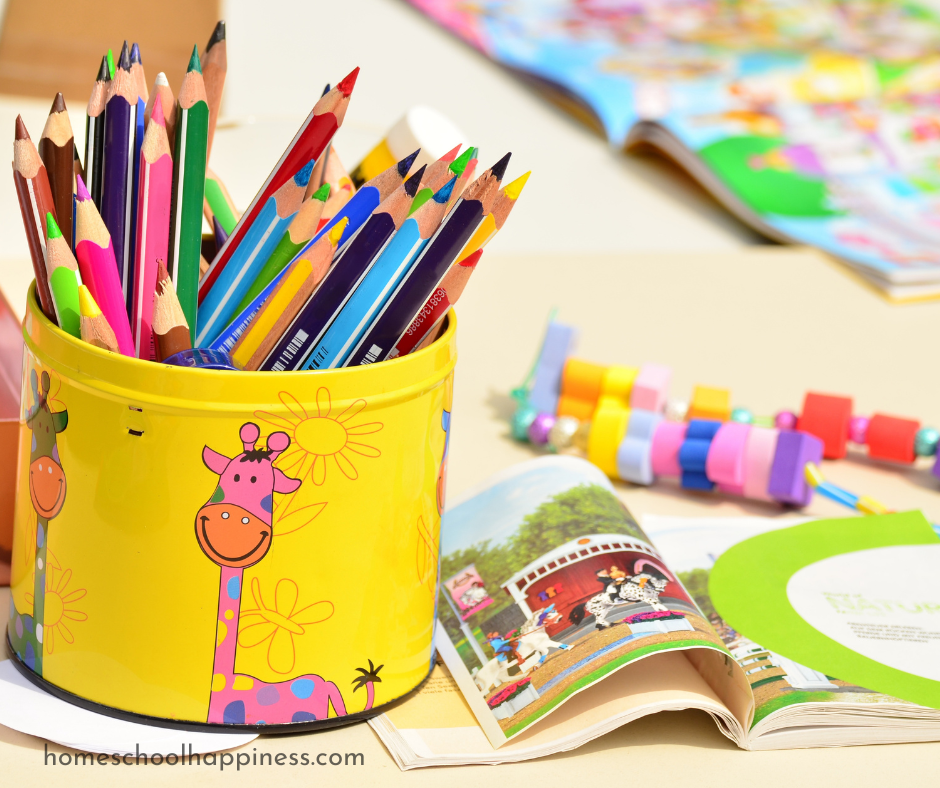Winter Math Activities for Homeschooling
Looking for creative ways to keep your kids engaged with their curriculum during the colder months? How about a warm and fun-filled exploration of winter math activities? By integrating math lessons with winter homeschooling, you don’t just teach, but you inspire.
As the snowflakes fall, we know that homeschooling becomes a combination of education and cabin fever management. So, why not transform the latter into an opportunity for learning?
Discover enjoyable winter activities that make learning as pleasing as a steaming cup of hot cocoa amid colder temperatures. Remember, when homeschooling, the world —or in this case, the snow—is your classroom!

Winter math activities can effectively engage learners in homeschooling by tailoring lessons to the season.
Integrating seasonal elements into the curriculum enhances learning by generating a relevant and engaging environment for children.
Winter offers diverse teaching possibilities such as symmetry and geometry through snowflakes, and time calculations due to shorter daylight hours.
Using cocoa mugs, you can visually demonstrate fractions or volume measurements. This seasonal contextualization can make abstract math concepts more tangible and fun to explore.
This approach not only grabs students’ attention, but also demonstrates the practicality of what they’re learning in the real world.
In essence, the season becomes a lively part of the lesson plans, making learning an exciting, immersive educational experience.
Winter Math Activities for Homeschooling
Ready to embark on a frosty journey into the world of numbers and calculations? Grab your thickest coat and join us as we dive into a snowbank of fun, winter theme math activities designed for homeschooling.
From counting snowflakes to measuring hot cocoa, we’re about to make math not only educational but also fantastic fun and seasonally inspired for any age group.
So, without further ado, let’s strap on our snow boots and hit the learning trails!
Winter Math Activities for Young Children
Let’s dive into the magical world of winter math designed specifically for our little learners. These activities, crafted for young learners aged 3 to 6, blend the excitement of the season with foundational math concepts.
They are ideal for sparking curiosity and nurturing a love for learning in these early years. Get ready to explore, calculate, and create with snowflakes, snowballs, and more!
Counting Snowflakes
A winter wonderland is incomplete without snowflakes, and this activity capitalizes on that. It’s as easy as cutting out paper snowflakes and asking your child to count them.
To make the activity more engaging, you can color the snowflakes or make them in different sizes. As children count these snowflakes, they practice their number recognition and counting skills.
Plus, the visual and tactile aspects of this activity make it a great way for them to learn.
Hot Cocoa Math
Who wouldn’t love to learn math using delicious cocoa and marshmallows? This winter activity starts with a cup of hot cocoa for each child, and a handful of marshmallows.
Ask them to count the marshmallows before adding them to the cocoa. Then, pose various arithmetic questions, such as “If I take out two marshmallows, how many will be left?” or “If I add three more marshmallows, how many will there be in total?”
This activity not only teaches basic math facts but also conveys the concept of addition and subtraction in a delightful and relatable context.

Winter Math Activities for Middle-Age Children
As our learners grow and their math skills advance, so should the complexity and creativity of their activities. Designed for children aged 7 to 12, the next set of fun winter activities builds on earlier concepts while introducing more advanced ones, all in a winter-themed context.
From calculating the symmetry of snowflakes to measuring the volume of snowfall, these activities ensure that learning continues to be an exciting journey, even as the math becomes more challenging. So, let’s keep those brains warm, even in the chill of winter months, and dive into some mathematically frosty fun!
Snowflake Symmetry
The intricate design of a snowflake makes it an excellent tool for introducing the concept of symmetry to children. For this activity, start by showing your learners pictures of different snowflakes and ask them to identify lines of symmetry.
Then, provide them with cut-out paper snowflakes and have them fold each snowflake along the lines of symmetry. This hands-on activity not only enhances their understanding of symmetry but also gives them a tangible representation of the concept. It’s great for strengthening fine motor skills, too!
Hot Cocoa Fractions
Building on the hot cocoa activity for younger children, this version introduces the concept of fractions to older kids. Start by preparing hot cocoa mugs filled with marshmallows for each child.
Ask them to count the total number of marshmallows in their mug. Then, have them eat or remove a certain number of marshmallows, and ask them to express the remaining marshmallows as a fraction of the original total.
You can also use this activity to introduce the concept of mixed fractions by filling the mug partially with marshmallows and partially with cocoa.
This helps the child visualize fractions in real-world scenarios, making the concept more approachable and entertaining.

Winter Learning Activities for Teens
As we venture into the teenage years, our winter math activities mature in complexity, fostering critical thinking and problem-solving abilities.
These educational activities, designed for older children aged 13 to 18, invite the exploration of more advanced mathematical concepts while maintaining the engaging context of a winter setting.
Get ready to dive into a variety of hands-on activities that will not only stimulate the intellect but also cultivate an appreciation for the practical applications of math in our daily lives.
Snowball Geometry
Welcome to the world of geometric snowballs! This activity focuses on constructing, exploring, and understanding different geometric shapes using snow as our primary material.
Task your teens with creating various geometric shapes using compacted snow – spheres, prisms, and even pyramids. Discuss parameters such as the number of sides, vertices, and angles each shape has.
This hands-on activity will not only solidify their understanding of geometric shapes but also highlight the practical application of geometry in the real world.
Hot Cocoa Algebra
For this swirl of mathematical delight, we’re back to our hot cocoa and marshmallows, but with a twist! This activity introduces basic algebraic concepts.
Here’s how it works: Assign a variable (like ‘x’) to a certain number of marshmallows. Then put forth questions such as “If ‘x’ equals 3 marshmallows and you add ‘2x’ marshmallows to your hot cocoa, how many marshmallows do you have?”.
This activity not only strengthens the understanding of algebraic expressions and equations, but it also demonstrates how algebra can be used to solve real-world problems, all while savoring a delicious cup of cocoa.
Let’s remember that every child learns differently and at their own unique pace. While some might grasp these fundamental concepts quickly, others may require additional time and dedicated practice. The ultimate goal is not to rush the learning process, but rather to cultivate a genuine love for learning and a deep understanding of mathematical principles.
The true measure of success is not solely based on the speed of acquiring knowledge, but rather on the child’s overall enjoyment and comprehensive grasp of the subject matter. As we embark on these educational activities, it is imperative to approach them with patience, support, and a willingness to adapt.
After all, each small step taken represents progress towards fostering confident, independent learners who perceive the joy and significance of every mathematical problem they encounter.

In conclusion, the approach to mathematics doesn’t have to be tedious or intimidating. With structured, imaginative, and engaging winter math ideas like the ones we’ve outlined, we can create great learning opportunities for children of all ages.
Whether it’s counting snowflakes or solving algebraic equations with hot cocoa and marshmallows, the aim is to bridge the gap between abstract math concepts and their practical applications in an enjoyable, winter-themed context.
So let’s embrace the cold weather, and use this winter as an opportunity to explore the wonders of mathematics while sparking a lifelong love for learning.








